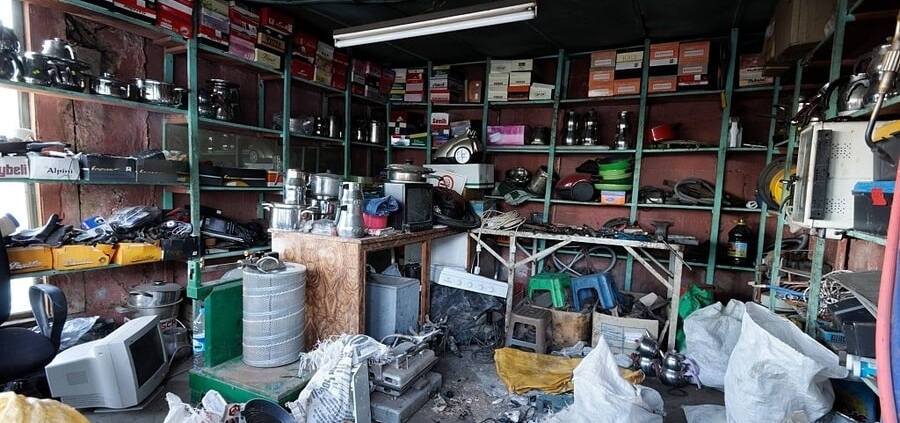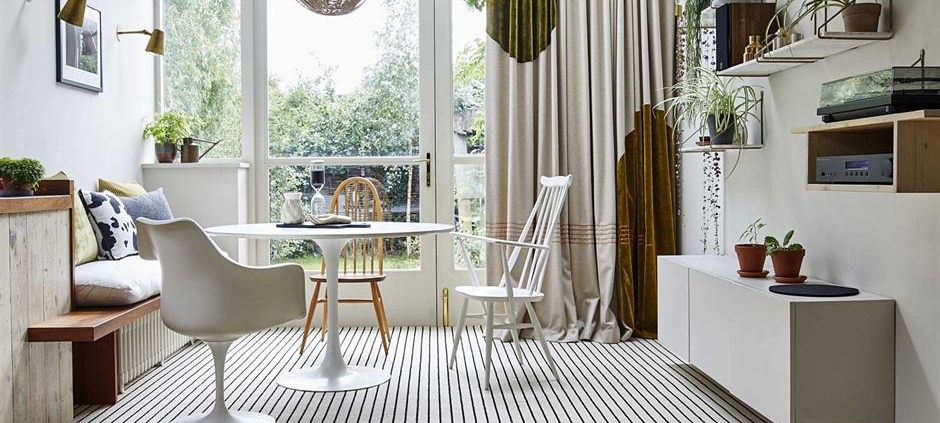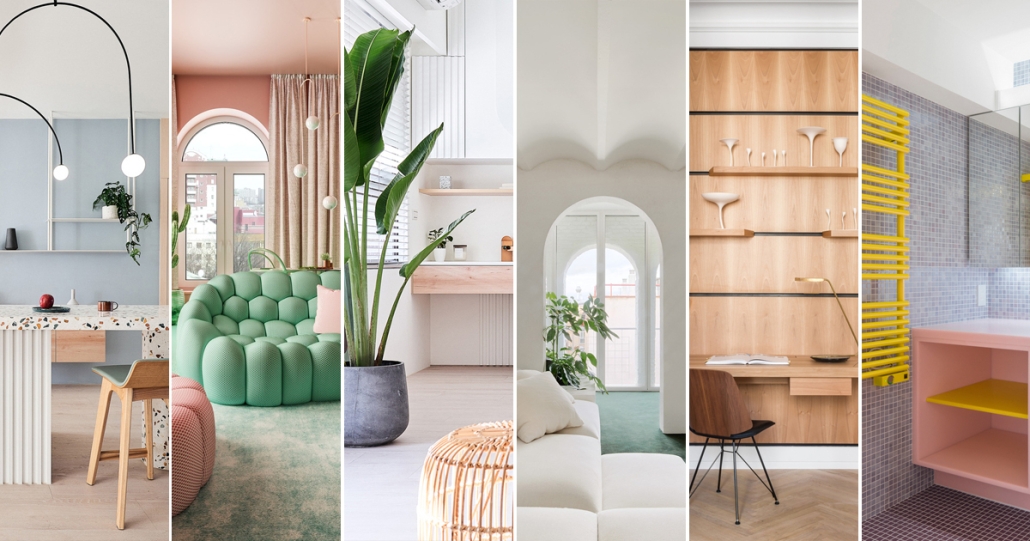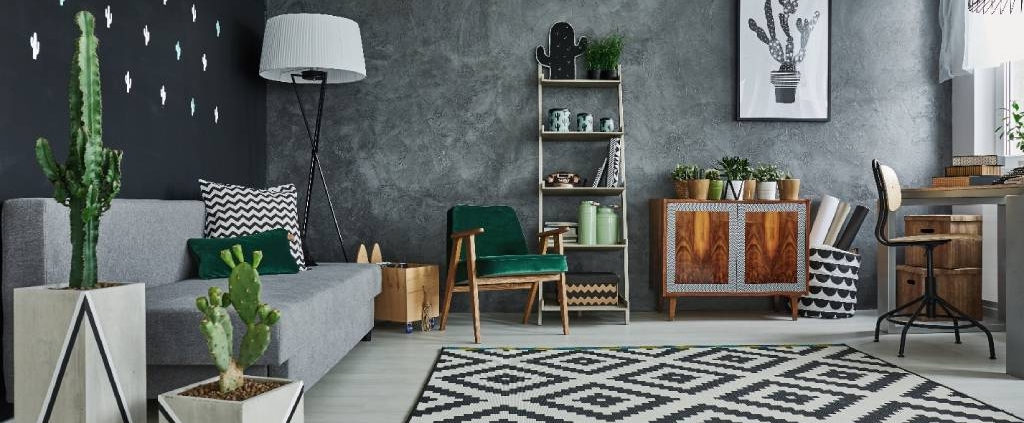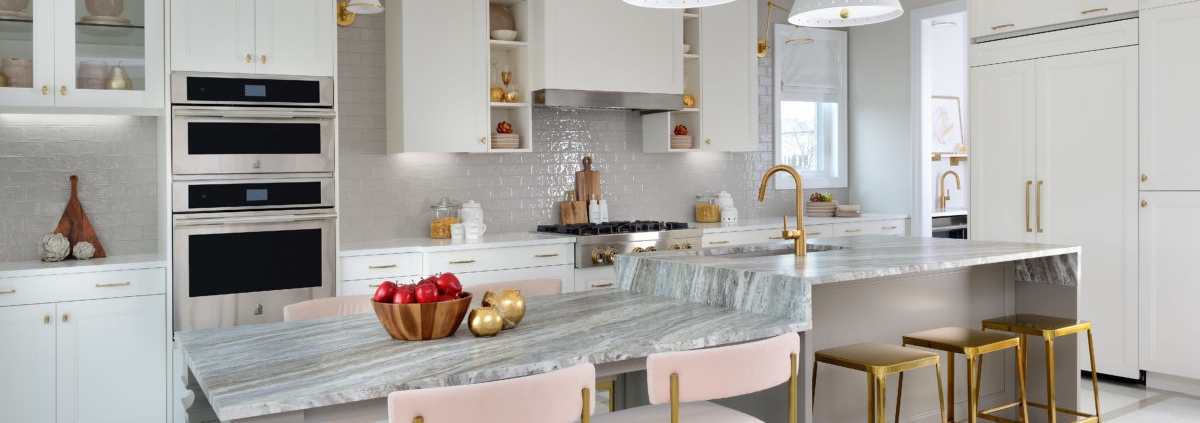Rent a dumpster to clean out your garage
It is recommended that you clear up your garage by making use of a residential dumpster rather than any other method.
If you wake up to find a trash bin in your driveway or you know one is on the way, you may potentially save even more money by placing all of your garbage, regardless of how large or tiny it is, in the trunk of your vehicle.
You are not required to store your waste in a dumpster; just place it inside, and the waste management company will pick it up and transports it the nearest to recycling center or landfills on your behalf, saving you money, energy, and time in the process.
It is only via cleaning out the garage, which is often one of the messiest parts of the home, that you will be able to free up precious storage space. Because it is so convenient to keep extraneous objects in your garage, it is possible that it is completely stuffed to capacity with these things.
Why renting a dumpster for garbage clean-out is a good idea
Even though you can’t put everything in a dumpster, please contact the dumpster rental company for more information. Corrosive chemicals, things that can catch fire, and similar things can’t go in the trash, but they can be recycled at specific recycling centers, which dumpster rental companies can help you with.
When you rent trash cans to clean out your garage, you keep dangerous things from being thrown away carelessly, which is good for the environment. Renting a dumpster container also saves time because all trash can be taken to the dump or recycling center at once, which means you don’t have to take the garbage there more than once.
The goal is to throw everything away. When you’re close to the garage, take everything out of the trash and put it in the driveway. When you take everything out, you can quickly go through your things and get rid of what you don’t need.
The things need to be put in your dumpster rental order
Now that everything is outside, it’s time to sort out the good from the bad. Sort your things into piles that say “keep,” “sell,” “give away,” and “throw away.”
Sorting through your stuff is the hardest part of the cleanout because you might not want to leave with things that are important to you or that you think you might use in the future. If you can’t use something anymore, you should sell it, give it away, or throw it away. Get rid of trash if you want your garage to look cleanout.
With this method, you’ll save time and work!
Renting a dumpster may save you time and work when cleaning up your rental property. You won’t have to waste time looking for trash bags or containers big enough to hold the things you need to get rid of. There will be no need to rent a car to go to the dump or spend time getting things ready until trash day.
Also, you won’t have to spend time putting things in bags and then figuring out what to do with them until trash day. Even better, when the dumpster is taken away, many companies that rent dumpsters will also take care of the garbage. This lets you stay clean.
Create a comprehensive strategy for managing your finances
When you hire a dumpster, you won’t have to worry about the price of petrol for driving to the landfill, fees for packing your rubbish, or any other associated expenditures. Now that you’ve got that figured out, all that’s left to do is add the amount that you calculated for the expense of cleaning up your rental house to the amount that you calculated for the cost of hiring a dumpster.
When you are organizing the clean-up of your property, the business that provides dumpster rentals should be able to provide you with an accurate estimate of the cost.
Make sure that your next-door neighbors are happy
Renting a dumpster for your home renovation project is a smart idea for a number of reasons, one of which is the ability to keep your neighbors pleased. Before it is time to remove the garbage bags and boxes to the landfill, they will not be present on the property. Your neighbors will only notice a dumpster in front of your property that is stuffed with the rubbish that you need to throw away.
When you are planning your next cleaning project at a rental property, consider renting a dumpster for the best garbage cleanout or interior design improvement. To find out how to get a dumpster delivered to the location, you should get in touch with a company that rents dumpsters. Dumpster rental tips may be able to provide you with further information if you read the content.

